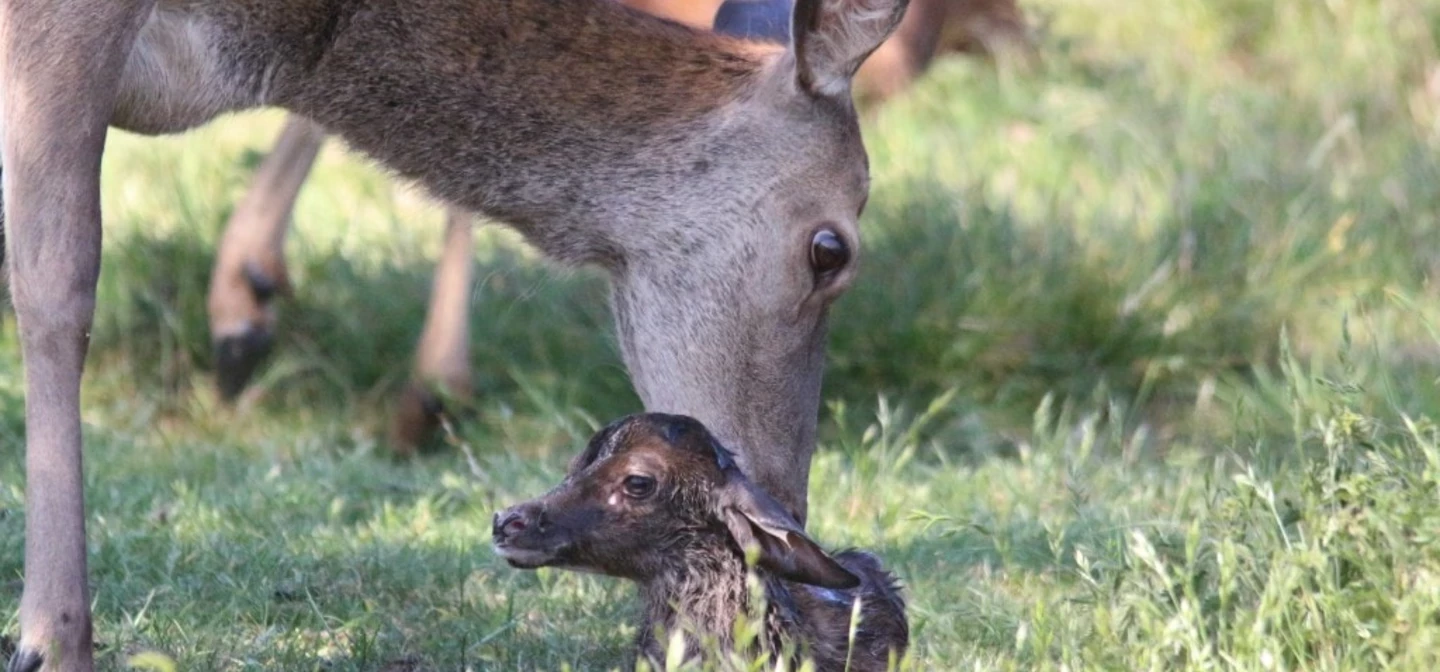
Six things you should know about deer birthing season
From late spring to early summer around 300 deer will be born across Richmond Park and Bushy Park.
Giving birth is a vulnerable time for any animal, but with both parks attracting millions of visitors every year, it's magnified for these herds of wild, free-roaming deer.
It is important to give the female deer privacy and respect, by steering clear of nursery areas and always keeping at least 50 metres away from all deer. Each year from the 1 May until 31 July, it is compulsory for dogs to be on leads in Bushy Park and Richmond Park.
When do deer give birth?
Mating occurs in autumn but females delay implementation of the fertilised egg until January so deer fawns aren’t born in the cold winter months. In line with this, deer typically give birth in May and June the following year.
1. Female deer will often give birth away from the herd
Prior to birthing, females will select an area of dense vegetation such as long grass and bracken so that the newly born deer are hidden from dogs and other perceived predators.
We politely request that all visitors give female deer respect, privacy, and space, and do not go in search of young deer.

2. Deer deploy other methods to deter predators
To disguise the scent of their newborn, mothers will lick the fawn clear of birth fluid and it will also eat its own placenta. Red deer are born with a spotted coat to provide camouflage from predators, but they lose this a couple of months after birth.

3. Deer can usually stand within 45 minutes of birth
Newborns can stand up relatively quickly after birth, but it will take a while for them to be strong enough and fast enough to keep up with their mother. Female deer are particularly alert and wary for the first few weeks of their young’s life. If you spot a female on high alert, consider retracing your steps and giving it a wide berth.
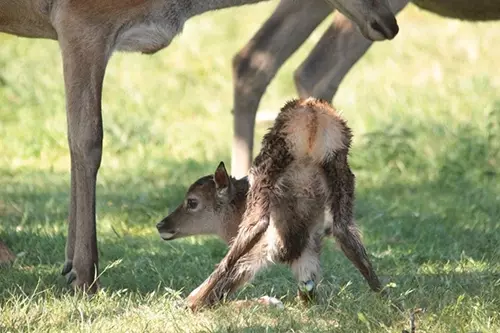
4. Newborn deer are left in a suitable hiding place whilst their mothers forage
Every year we receive calls of ‘abandoned’ baby deer. But rest assured, female deer are excellent mothers, and they are not shirking their responsibility. Instead, they are hiding their young whilst they forage for food to create the milk they need to nourish their young. Throughout the course of the day, the mother will periodically return to suckle her newborn.
Please do not traumatise the newly born deer by picking them up. Although we understand the act is well intentioned, a mother is more likely to abandon its young if a human disturbs it.
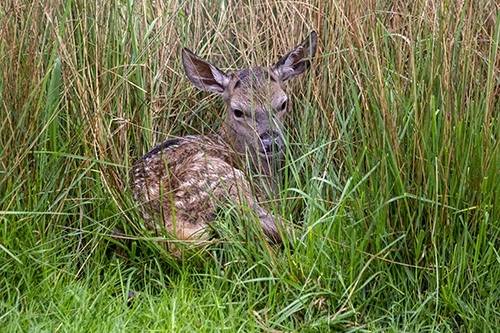
5. Dogs must be on leads in all areas of the parks
Female deer are afraid of dogs harming their young. Concern for their newborn means they may act defensively towards dogs – they have been known to give chase and attack – even if the dog is at a distance and not acting provocatively. During deer birthing season, we strongly advise that dogs are not walked in either Richmond or Bushy Parks. If people choose to still walk their dogs in Bushy and Richmond Parks during this time, then dogs must be on a lead, and for their own safety they should stick to the perimeter of the park in case they need to escape.
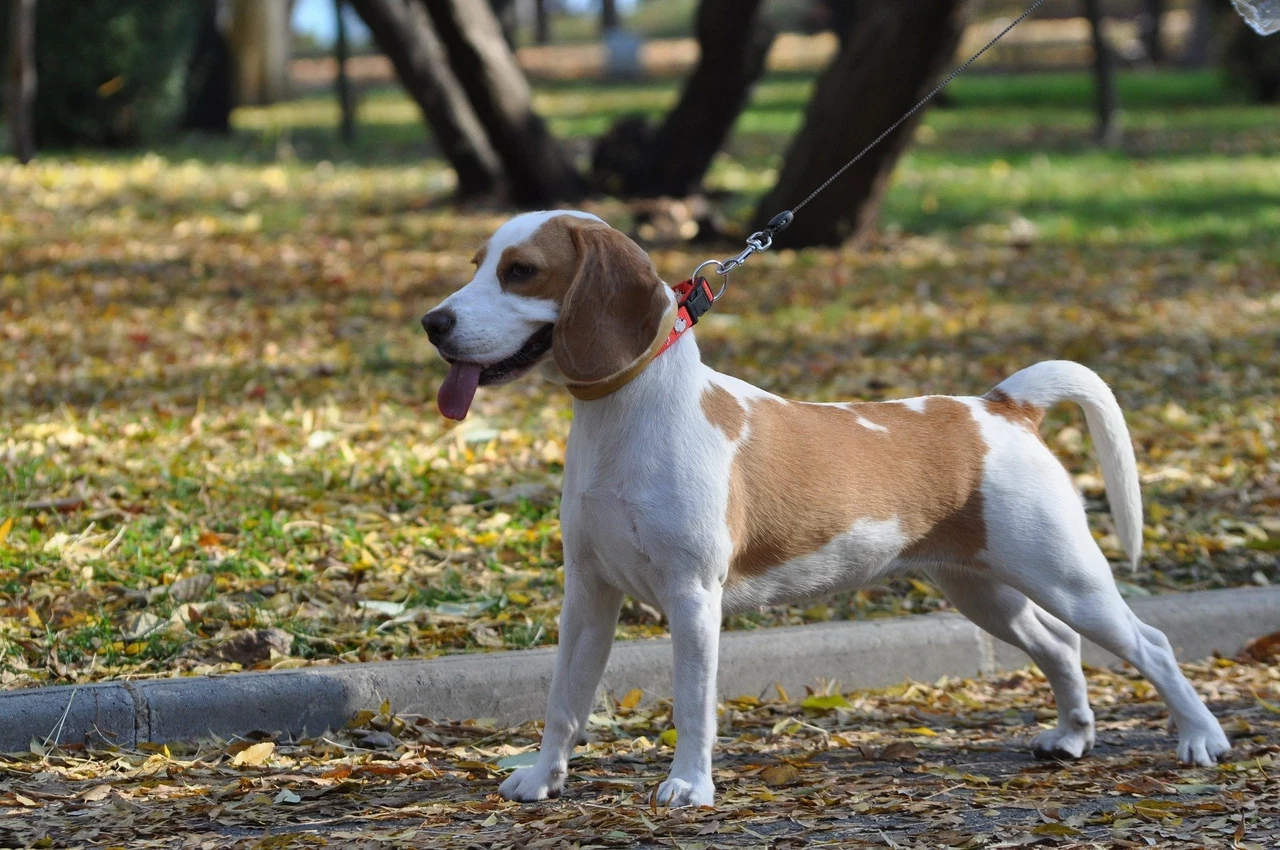
6. The Volunteer Rangers are here to help
We have Volunteer Rangers in Bushy and Richmond Parks to educate visitors about deer birthing season and the importance of keeping their distance, both for the welfare of the deer and their own. If you see the rangers in the park why not stop and say hello?
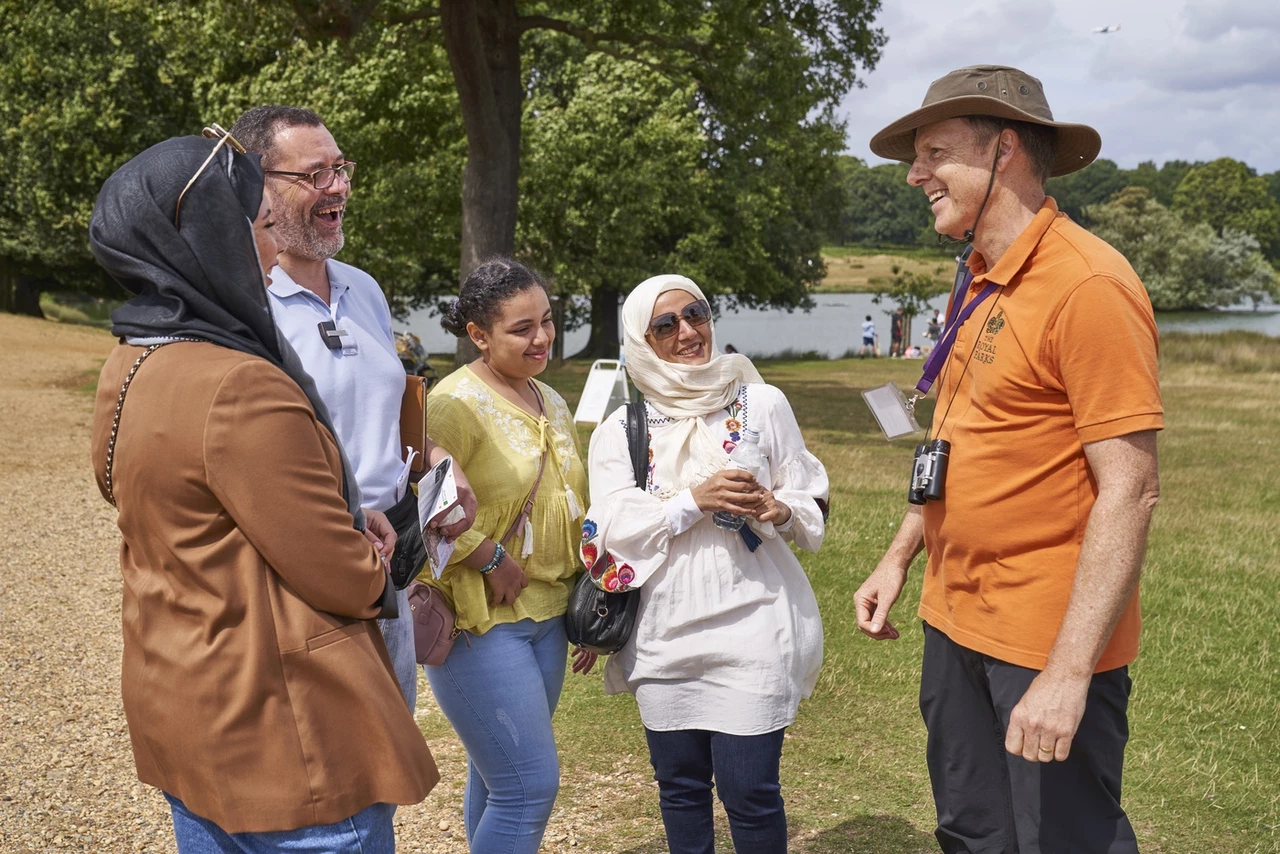
With thanks for photographs provided by Terri Watson, Cathy Cooper and Amanda Cook.
For information on how to safely photograph deer please read the British Deer Society's Code of Conduct.
Related Articles
-
 Read
Read12 things you should know about the deer rutting season
Find out about the deer rutting season in Bushy and Richmond Parks, one of UK wildlife’s greatest spectacles. Keep distance, respect space, leash dogs.
-

Dogs on leads to be compulsory during deer birthing season
During the deer birthing season dogs will be required to be on a lead in all areas of Richmond and Bushy Parks.
-
 Read
ReadDepressing images show impacts of visitors feeding deer
Depressing images show long-term impacts of visitors feeding deer